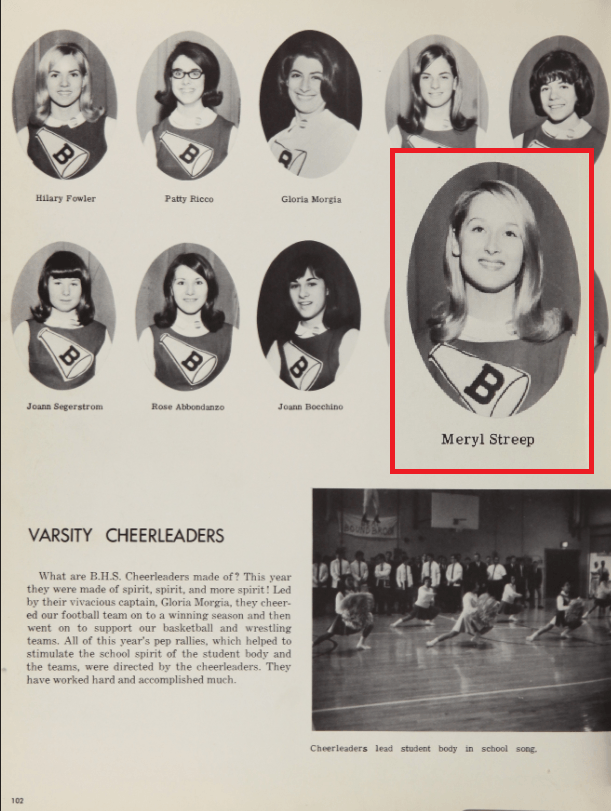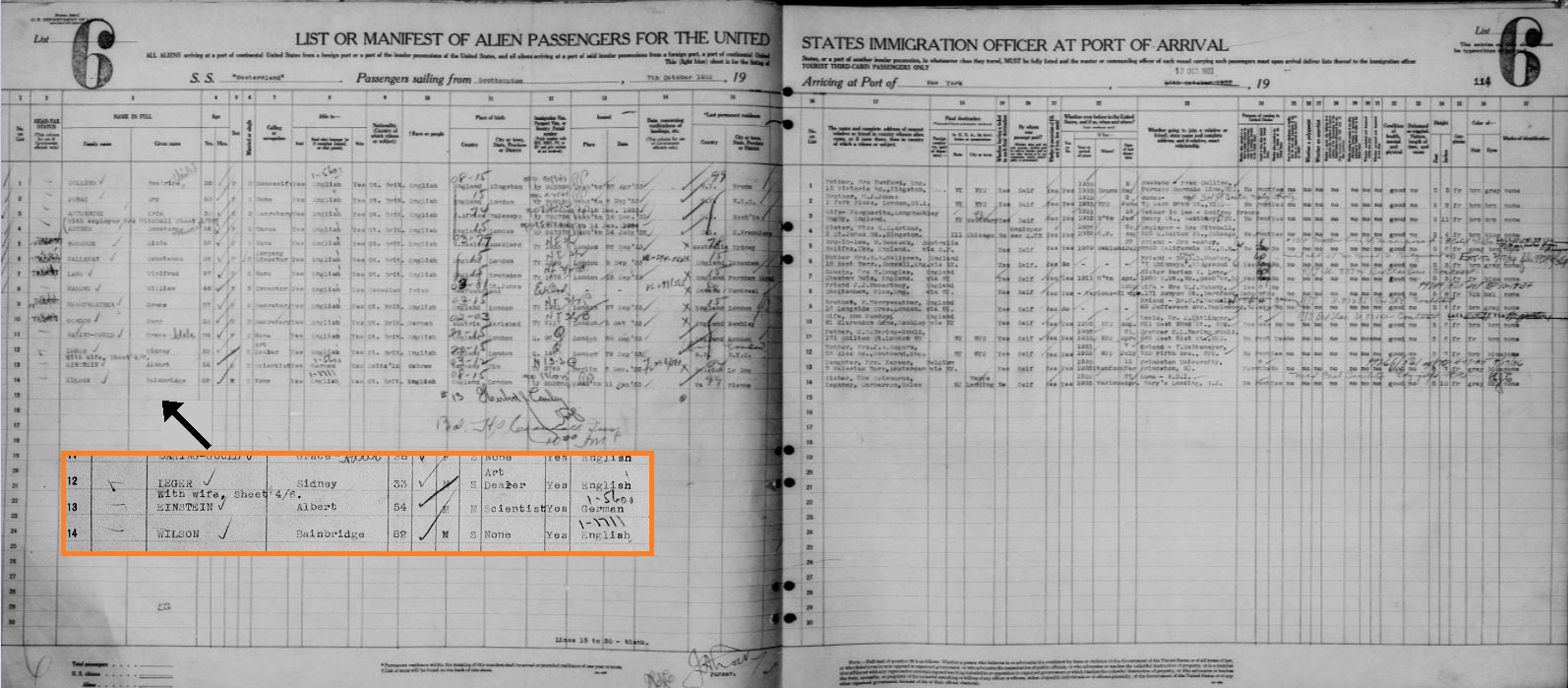
The story of your family tree spans centuries and continents. Each family member contributes their unique perspective, with a lifetime of stories, lessons, and conclusions. With so much information to learn, share, and preserve, how do you know which details to focus on when building your family tree?
Below are the 6 essential building blocks to jumpstart your family history research: details to gather about each family member that will turn your family tree into a rich source of information about your family’s past.
1. Name and surname
Many historical records are searchable by name. Make sure to note any additional names the person you’re researching may have used — and always keep in mind the possibility that they may have changed their name over the course of their lives. There are many reasons why individuals might change their names. In some cultures — but not all — a woman takes her husband’s surname when she marries. An immigrant might have chosen a new name to help them blend in and integrate into the local culture, or to make their name easier for locals to pronounce. People may also change their names for spiritual or religious reasons, to hide their identity, or simply because they disliked their original name.
To complicate matters, until the invention of the printing press and the advent of mass media, there were no standard spellings for words or names. That means the same person may have spelled their name differently in different records — and since they usually weren’t the one writing it down, the clerk or scribe may have recorded it inaccurately.
All this may be frustrating for a genealogist. Luckily, MyHeritage’s search engine and Record and Smart Matching™ can help: the technology recognizes names even when there are variations, ranging from the simple (such as William vs. Bill) to the far less obvious (such as Alessandro vs. Sasha). It also can translate names from other languages, which means you don’t need to read or understand a record’s original language to find your family members listed in it.
Record Matching even saves you the trouble of doing the searching: it scans all of MyHeritage’s historical records and notifies you when it finds information that may be valuable to you.
2. Dates and Location of Birth, Marriage, and Death Records
Searching for a name often won’t help unless you have at least a rough idea of when and where the person you’re searching for lived — especially if their name is common. Using the MyHeritage search engine, you can look at birth, death, and census records based on an estimate of when and where they were born. Furthermore, you may infer additional information about other family members from dates and locations of family members’ life cycle events. If you have a great-grandparent born in 1903, for example, chances are their parent was born roughly 20–30 years earlier.
3. Education
Knowing about a person’s education can reveal much about their life: what their upbringing was like, occupation (see below), and socioeconomic status, to name a few. Many high schools and colleges keep a record of their graduates and you might be able to find valuable information about your relative from these records. MyHeritage has a whole section of school and university records you can search — including an exclusive U.S. yearbook collection. The yearbook collection contains almost 290 million records, and MyHeritage conducted an exhaustive process of identifying and consolidating the information contained to make things as easy as possible for users.

4. Occupation
Occupations can also provide much information about who the relative was: what was important to them, how and how well they supported their family, and what skills, talents, and property they might have possessed. Many census records include a person’s occupation. Censuses are records kept by a country’s government to keep track of the local population, and they can be invaluable in providing a snapshot of your family the year the census was carried out. The record usually includes names, birth dates, age at last birthday, and current residence as well as occupation — so you might even be able to find the house your ancestors lived in in a census record. MyHeritage’s collection includes censuses and voter lists from North and South America as well as Europe and Oceania.
5. Dates and Location of Immigration
Many of us descend from immigrants. Finding out when and how your ancestors came to live in the place where you were born helps you better understand your own culture, and provides clues as to where you might look next to go back another generation. Immigration records often mention where the immigrant came from. MyHeritage has a section of immigration and travel records, including passenger and arrival lists from the U.S., Canada, Europe, Asia, Oceania, and Latin America.

6. Physical Characteristics
Where did you get your blue eyes? Does red hair run in your family? Noting the physical characteristics of your relatives gives a deeper understanding of who you are and why you look the way you do! It also helps to paint a more vivid picture for later generations who may not have had the chance to meet the relative, especially if there are no photographs. Physical characteristics are sometimes noted in military records. MyHeritage offers over 47 million military record collections.
Get to It!
Finding these six building blocks for each relative — names, dates and locations of birth, death, and marriage, education, occupation, immigration details, and physical characteristics — will turn your tree into a vibrant family portrait. Start by writing down the names of all the relatives you know about, then list each of the building blocks and add as many details as you can.


